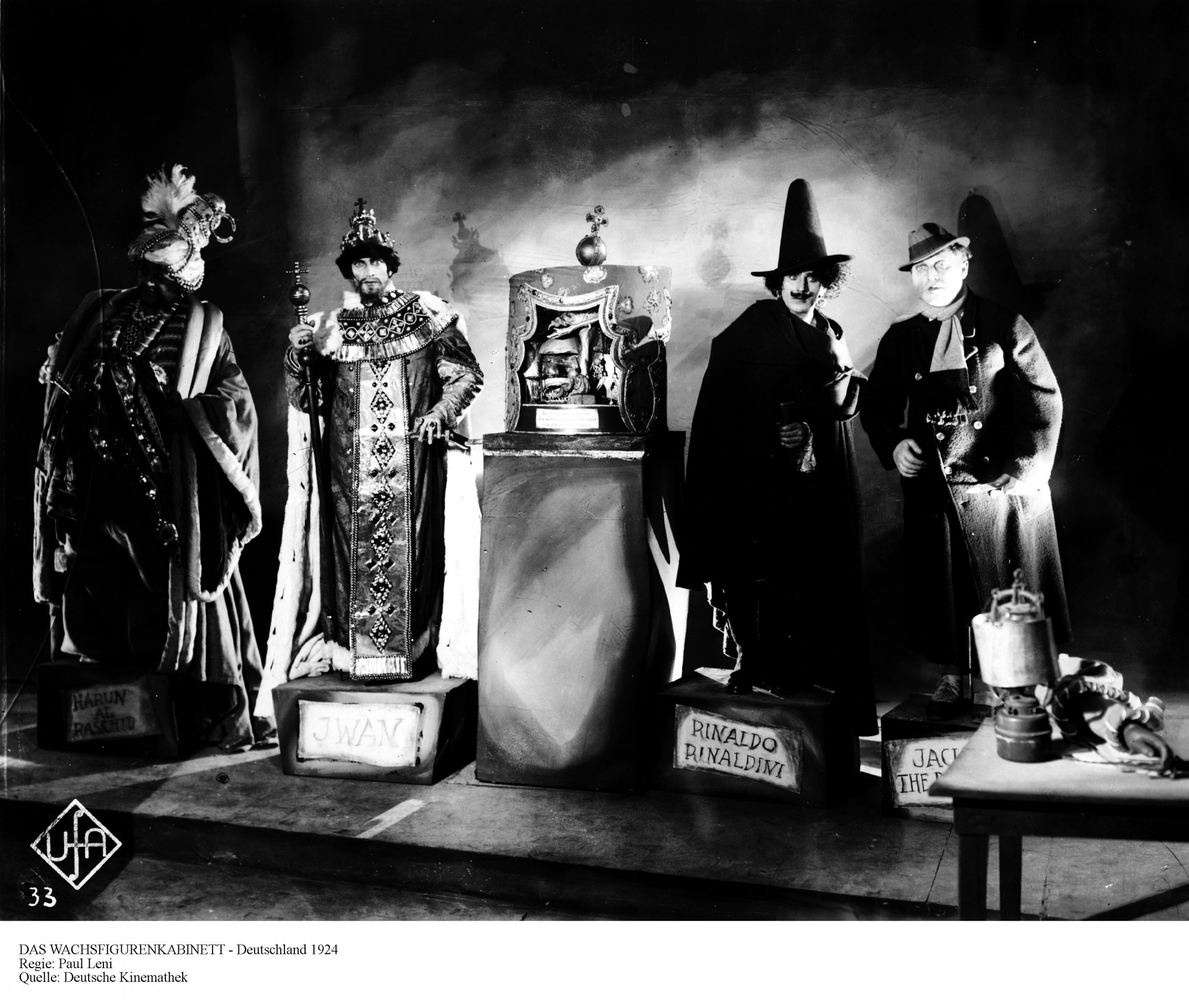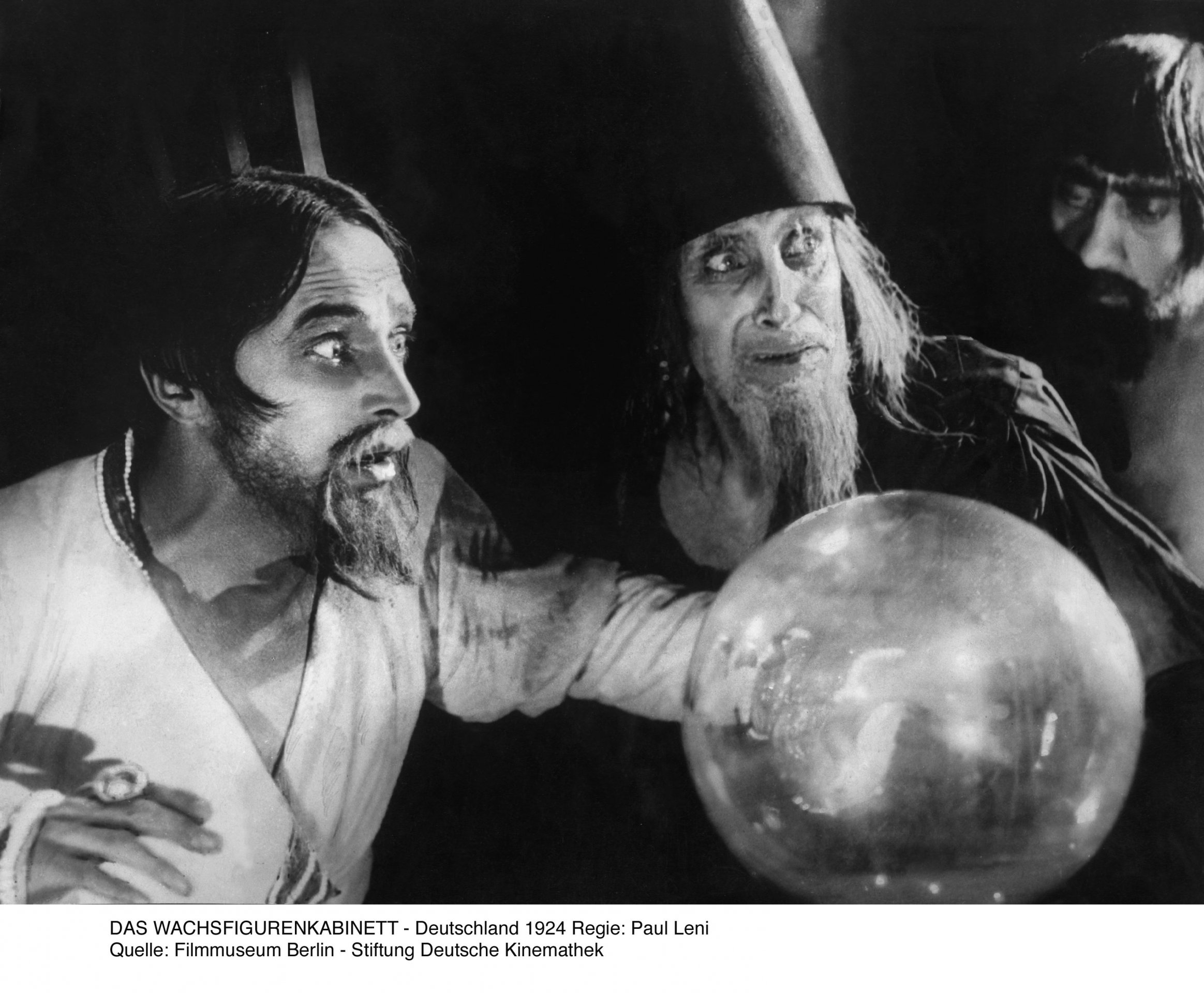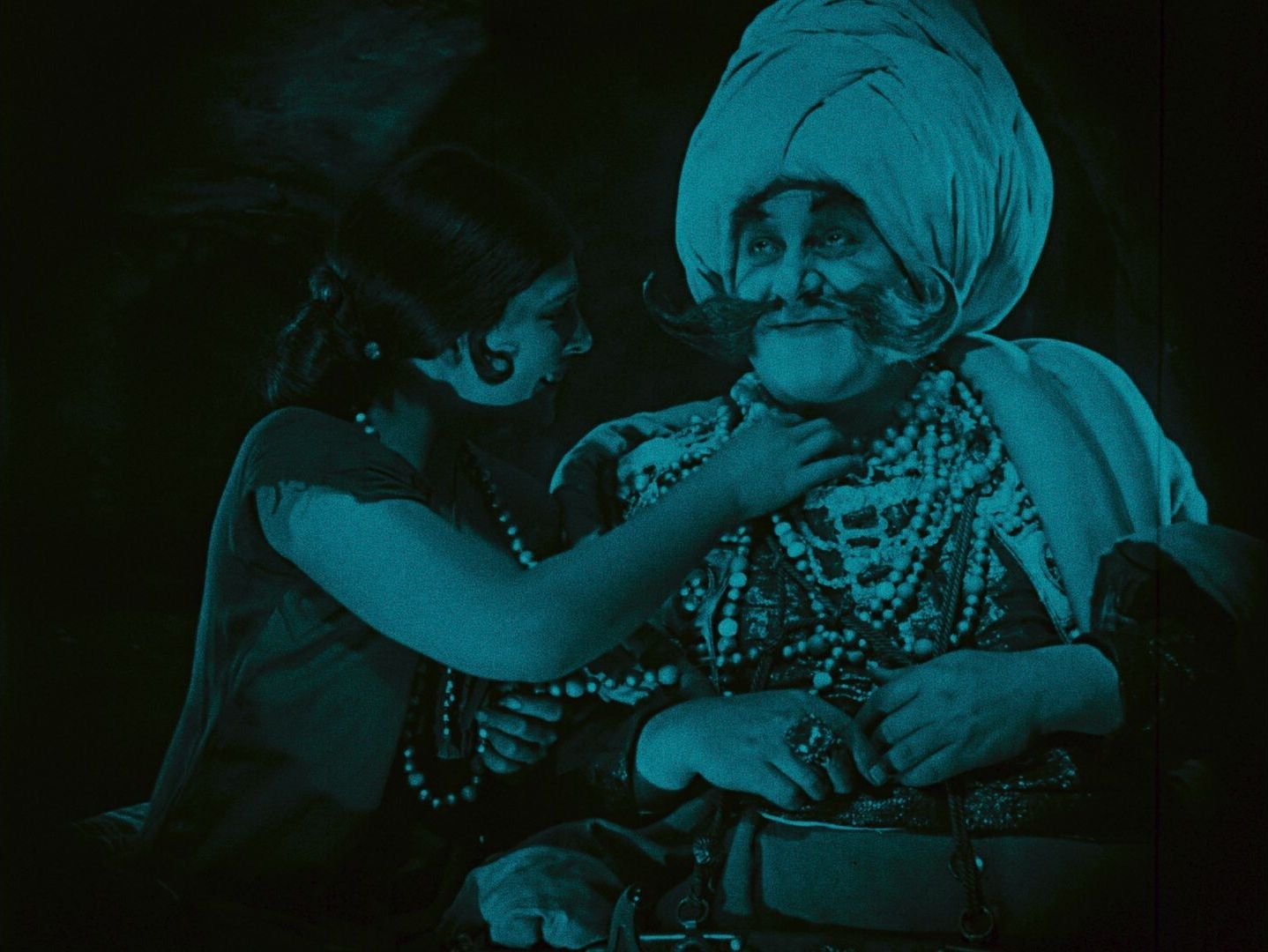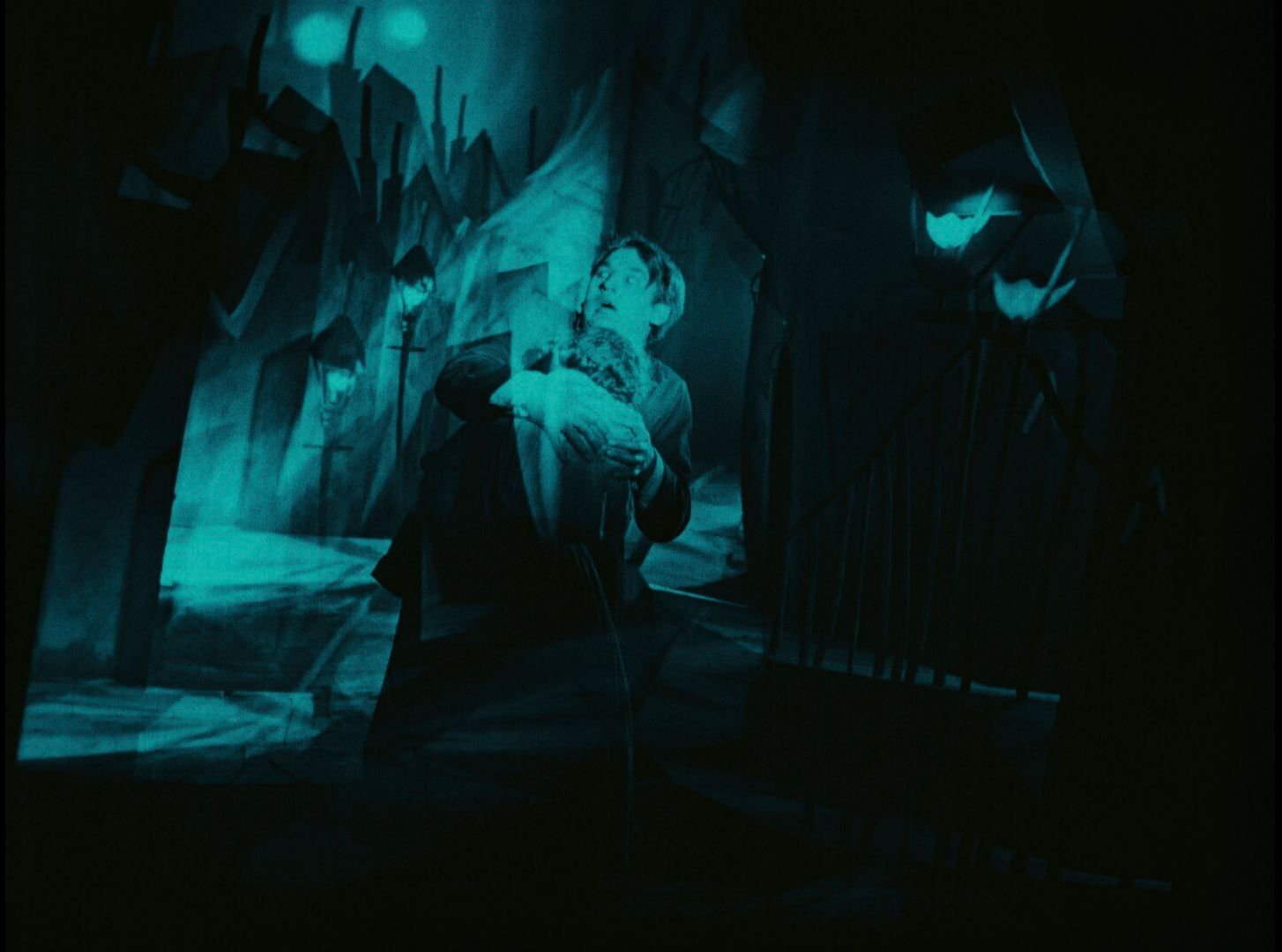Menu Biuletynu Informacji
DAS WACHSFIGURENKABINETT

DAS WACHSFIGURENKABINETT
Waxworks
(Das Wachsfigurenkabinett)
Dir. Paul Leni; script Henrik Galeen, cinemat. Helmar Lerski
Neptun-Film AG, Germany, 1924
Cast: William Dieterle (Writer / Baker / Groom), Olga Belajeff (Eva, daughter of the exhibition owner / Baker's wife / Bride), Emil Jannings (Caliph Harun Al-Rashid), Conrad Veidt (Ivan the Terrible), Werner Krauss (Jack the Ripper)
DCP, 83’, tinted, intertitles/subtitles: DE/PL, EN, source: Deutsche Kinemathek
A young writer accepts a commission to create stories about the figures in a waxwork museum: the Caliph of Baghdad, Ivan the Terrible and Jack the Ripper. He eagerly sets about his work, encouraged by the museum owner's daughter. Gradually, however, the stories of these wax figures begin to merge with reality...
This expressionist horror film follows the narrative framework established by that masterpiece of the genre, The Cabinet of Dr. Caligari (Das Cabinet des Dr. Caligari, 1920) by Robert Wiene. It uses the structure of an anthology to combine three separate stories that follow a similar pattern, whereby the main character, a tyrant and the embodiment of evil, interferes in the relationship between the two lovers (the writer and the museum owner's daughter), thus emphasising the intertwining of fiction and the real world. The dark tone of the stories gradually intensifies, from the darkly humorous, Orientalist story in the first tale to the last one, about Jack the Ripper, which is taken (literally) from a nightmare. The film's unique atmosphere is created by signature German Expressionist set designs – monumental and visibly distorted – and heightened further through the dramatic use of light and shadows.
Waxworks features virtuoso acting performances by Werner Krauss and Conrad Veidt – Dr Caligari and Cesare the somnambulist in Wiene's earlier work – as well as by Emil Jannings, who that same year would go on to play one of his most important roles in The Last Laugh (Der letzte Mann), F.W. Murnau's kammerspiel masterpiece. It is also one of the earliest horror films to explore the dark, cinematic potential of mannequins, wax figures and dolls – a motif that has since been used in dozens of horrors and thrillers.
Michał Pieńkowski
music: Lubomir Grzelak
FRIDAY | NOVEMBER 29 | 21:00
introduction to the movie: Katarzyna Wajda
Contact
National Film Archive – Audiovisual Institute
www.fina.gov.pl
Wałbrzyska Street 3/5
02-739 Warsaw
tel: +48 22 38 04 902
tel: +48 22 38 04 904
e-mail: kancelaria@fina.gov.pl
Cinema Iluzjon
www.iluzjon.fn.org.pl
ul. Narbutta 50a
02-541 Warszawa
tel. +48 22 848 33 33
+48 22 182 46 41
e-mail: kasa.iluzjon@fina.gov.pl




